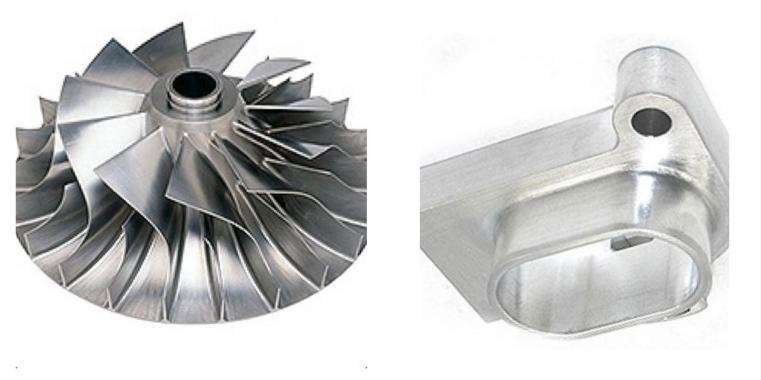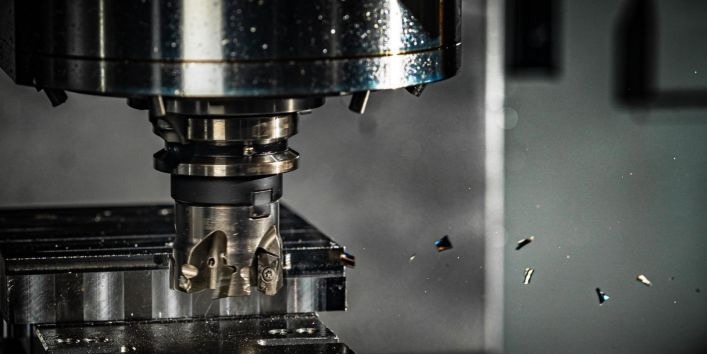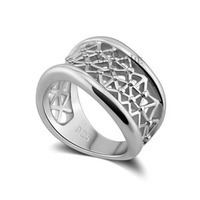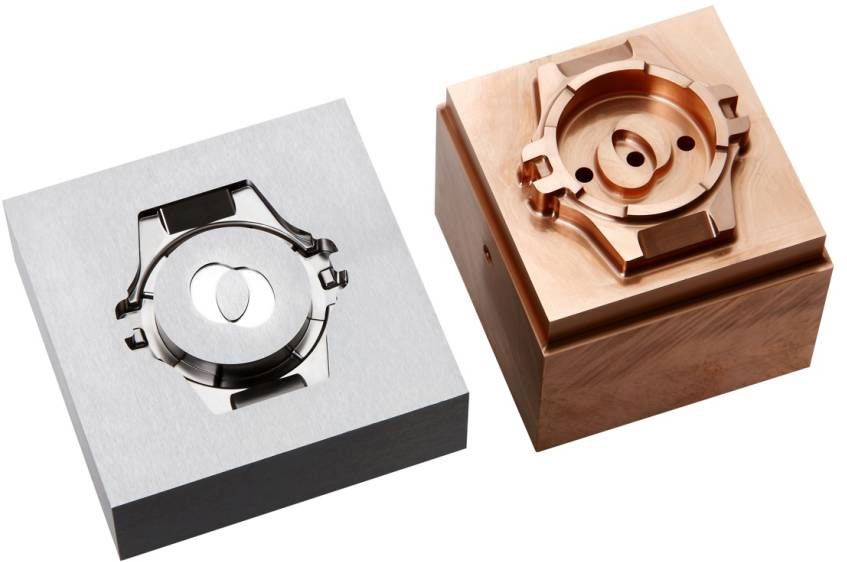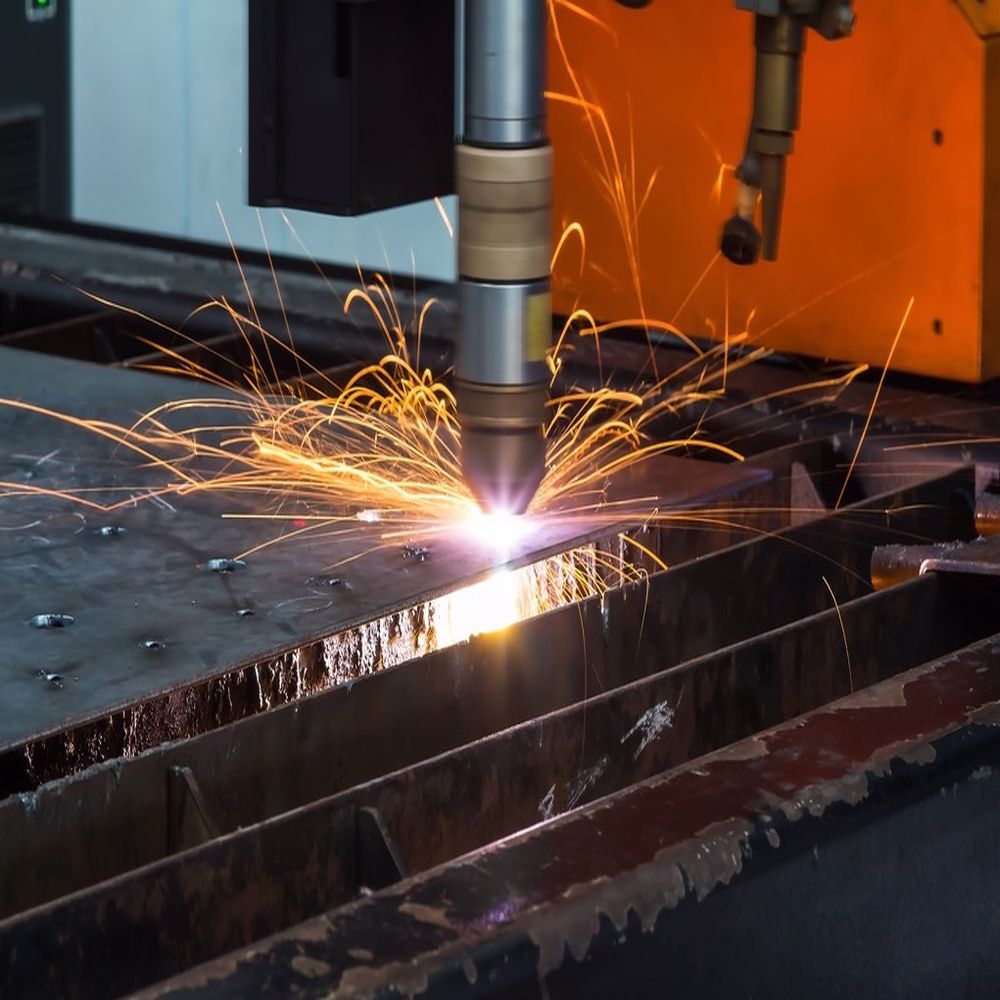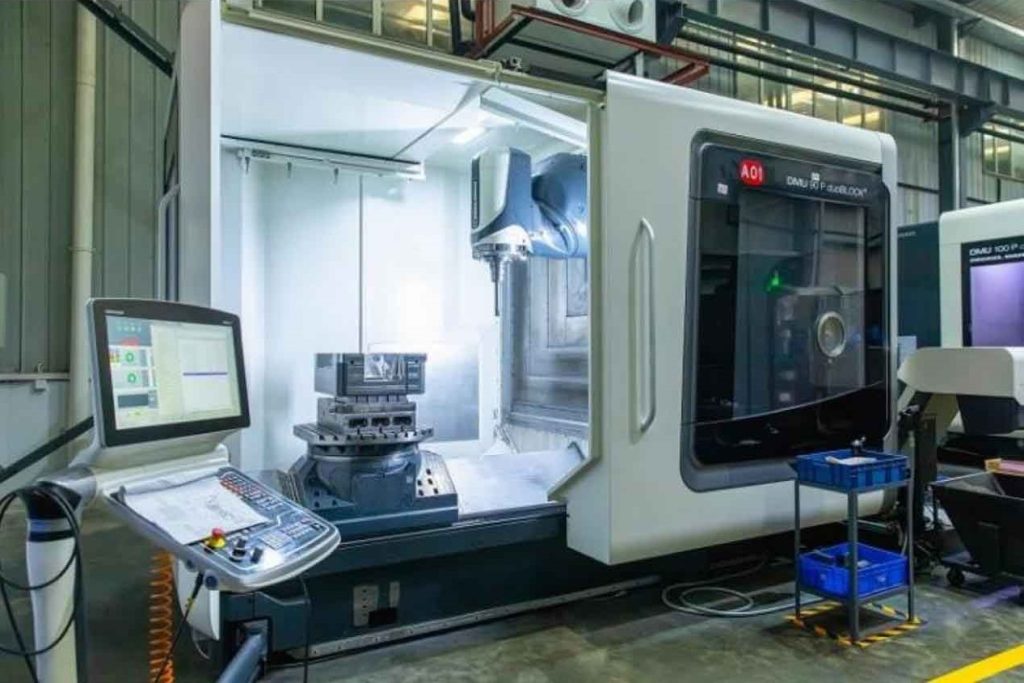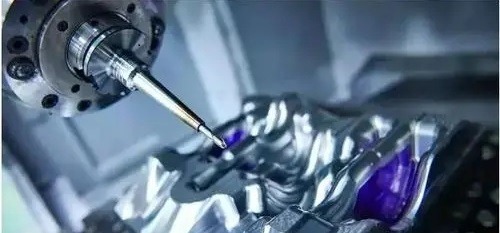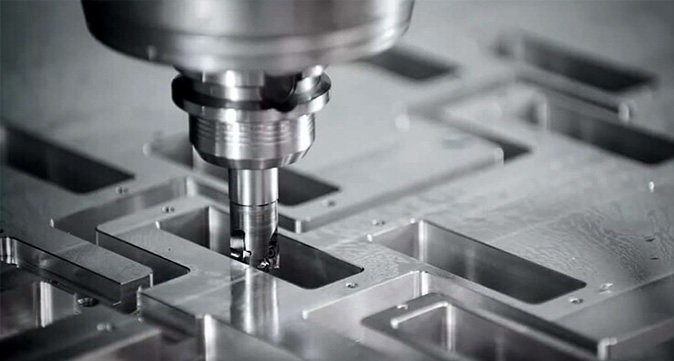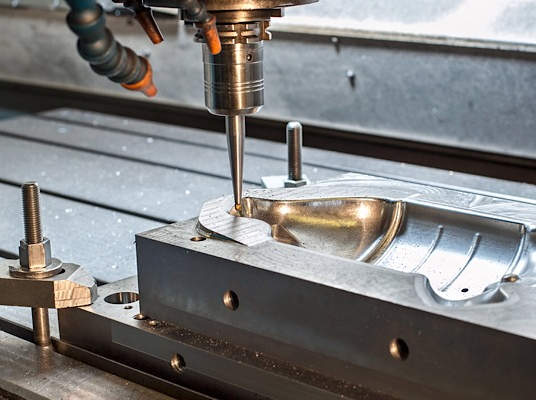CNC machining is one of the best ways to make sure precisely manufactured telecommunications equipment. Computer technology allows for the design and production of complex specialty parts. If you are looking for CNC’s help, here are some points about CNC’s principle to obey for you to know.
What Does CNC Stand For? What Does a CNC Do?
CNC is an abbreviation of Computer Numerical Control. A CNC is a computer interface controlled by an operator. It reads orders from a computer file about how to make a part and then transforms that information into a machine. Programmers use computer software to create instructions that the CNC can carry on. These instructions define and control the movement of each axis of travel on the machine. An axis of travel in a direction where a machine component moves. CNC machines mostly have two or more axes, while it depends on the type of machine and the product it makes.
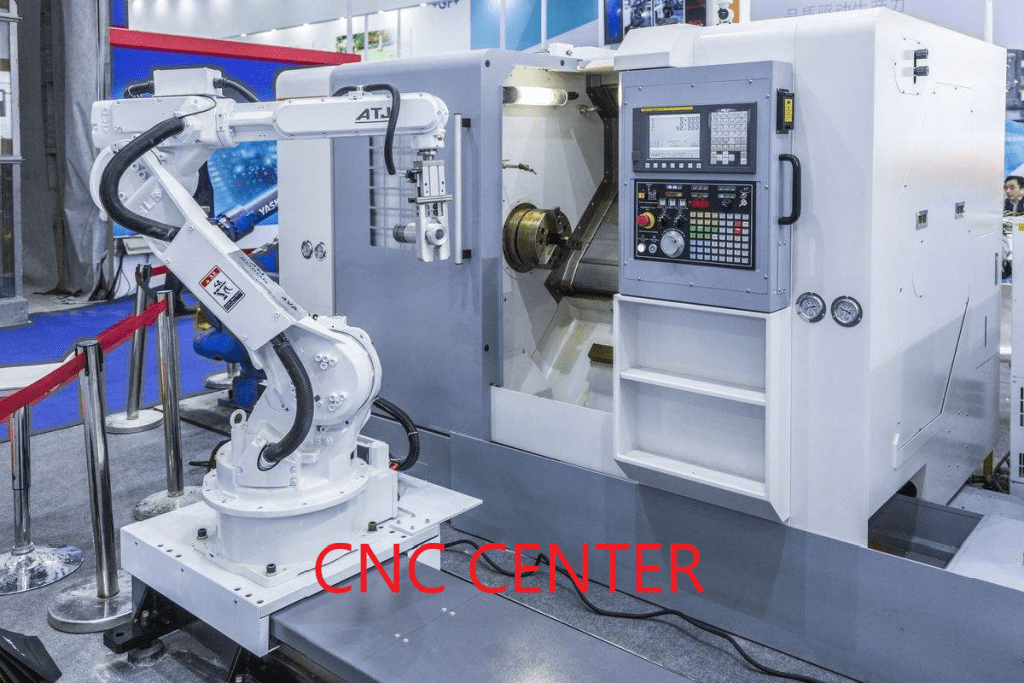
Knowing CNC well? While do you know there are 3 principles in the process? And what are they? What’s the result directly in the machining process? Let me show you the specific details of them.
Principle 1: Maximum Concentration of Processes and One-time Positioning
The processing of parts and procedures can be concentrated to the greatest extent on CNC machine tools, especially on the machining center, that is to say, the parts should be finished as much as possible in one clamping. The concentration of working procedures can save the number of machine tools and the number of workpiece clamping times, prevent unnecessary positioning errors, and enhance productivity. For the processing of the whole system with high coaxiality, all the processing of the coaxial hole system should be finished by sequential and continuous tool change after one installation, and then the holes in other positions are processed to lighten the influence of repeated positioning errors. Improve the coaxiality of the whole system.
Principle 2: Rough First and Refined
When performing numerical control gets processing, when dividing processes according to elements such as machining accuracy, rigidity, and deformation of the parts, the processes should be divided depending on the separation of roughing and finishing, that is, semi-finishing and finishing are performed after all roughing are completed. For a certain machined surface, it should be completed in the order of roughing-semi-finishing-finishing. When roughing, it is necessary to give full play to the performance of the machine and the cutting performance of the tool under the conditions that ensure the quality of the processing, the durability of the tool, and the rigidity of the machine-fixture-tool-workpiece process system, and try to take a larger number of cuts. Obtain the processing conditions of each part before finishing as uniform as possible. During finishing, the precision and surface quality of the parts are mainly guaranteed.
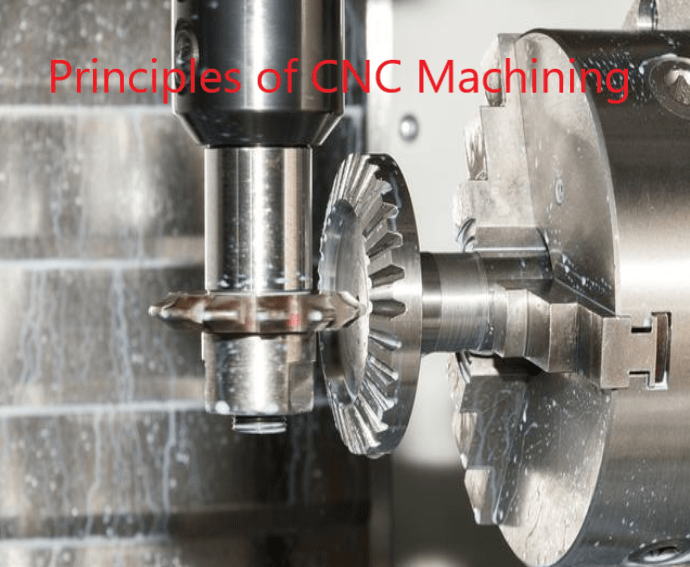
Therefore, the final contour of the parts during finishing should be continuously finished by the last cut. To ensure the quality of processing, under usual circumstances, the fine machining allowance should be 0.2-0.6mm. It is better to leave a period between roughing and finishing so that the deformation of the parts after roughing can be fully restored before finishing. Processing to improve the processing accuracy of parts.
Principle 3: Near Before Far, Surface Before Hole
Depending on the distance between the processing part and the tool setting point, under normal circumstances, the part closer to the tool setting point gets processed first, and the part far away from the tool setting point gets processed later to shorten the tool movement distance and save the idle travel time. For CNC turning, the same thing also helps to maintain the rigidity of the blank or semi-finished product and improve its cutting conditions.
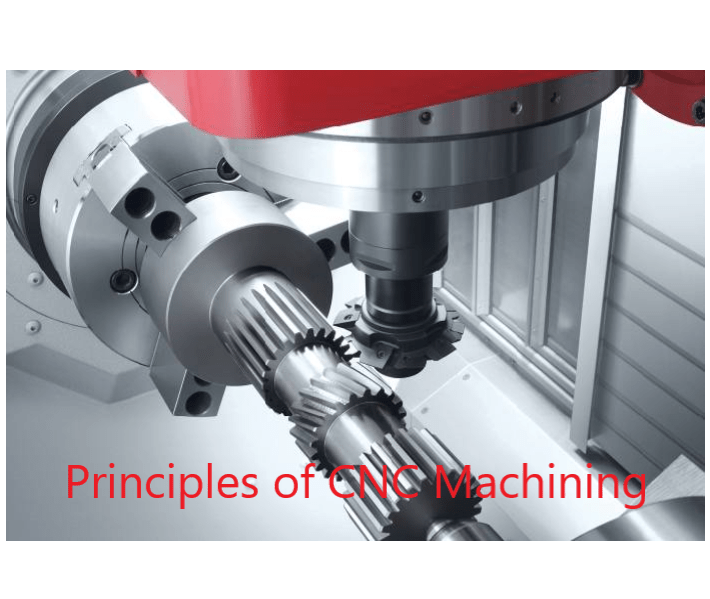
For the machining of parts with both milling planes and boring holes, the instructions of milling planes and then boring holes can be carried out. Because the cutting force is large when milling the plane, the parts are prone to deformation. First, mill the face and then boring, so that it can recover for a while, and then boring after the deformation is restored, which helps to ensure the machining accuracy of the hole. Secondly, if boring goes first When the plane is milled after the hole, burrs and burrs will be brought out at the hole, which will affect the assemble of the hole.
The biggest feature of CNC machining has taken a really important role in the manufacturing industry, for instance, in airplanes, rockets, and engines, CNC parts have different characteristics: airplanes and rockets have zero parts, large component sizes, and complex shapes; engine zero, small component sizes, and high precision. Therefore, the CNC machine tools selected by the aircraft and rocket manufacturing departments and the engine manufacturing departments are variable. With the full enough knowledge of CNC, it will make you like adding wings to a tiger to be in the CNC industry, hope this article helps you.


